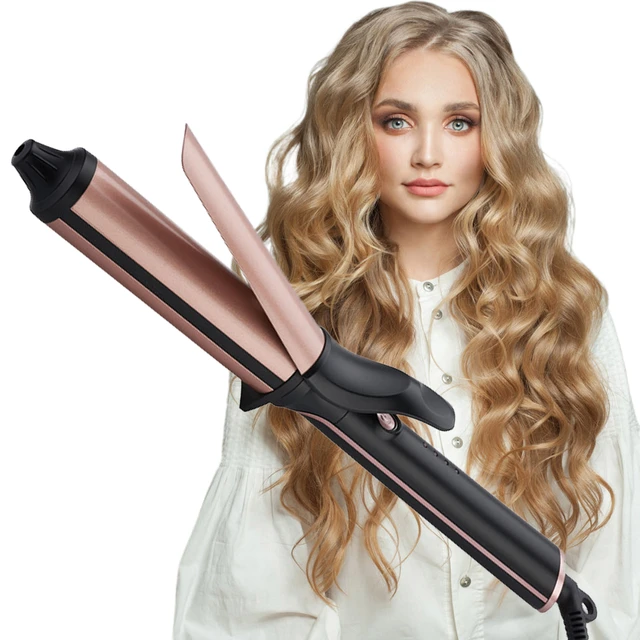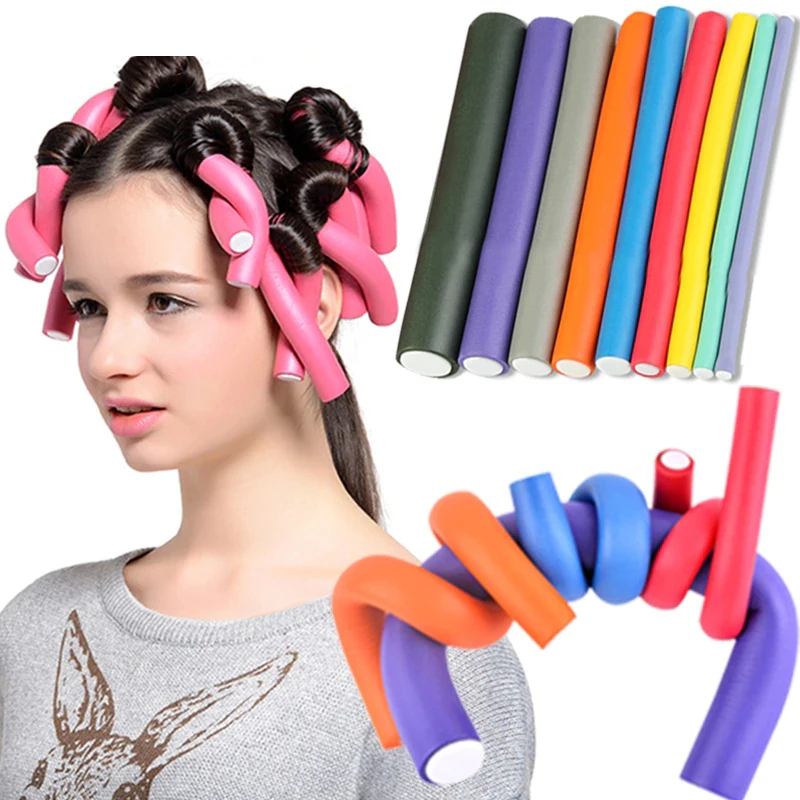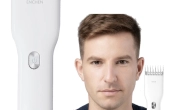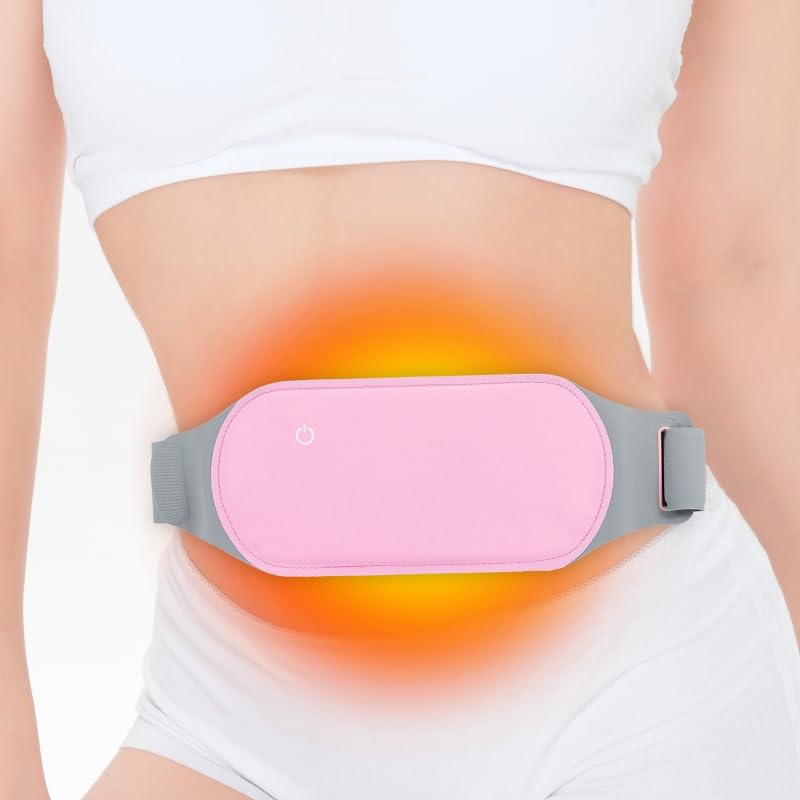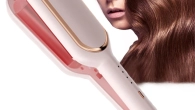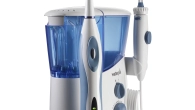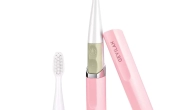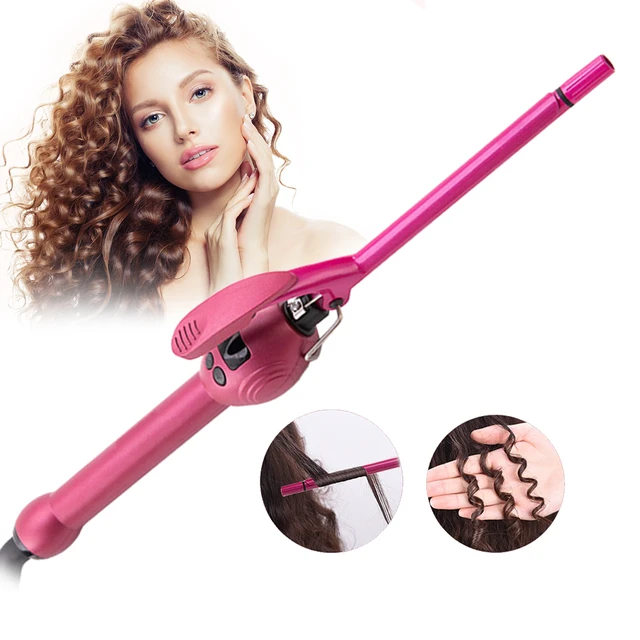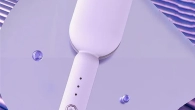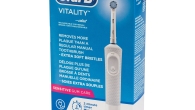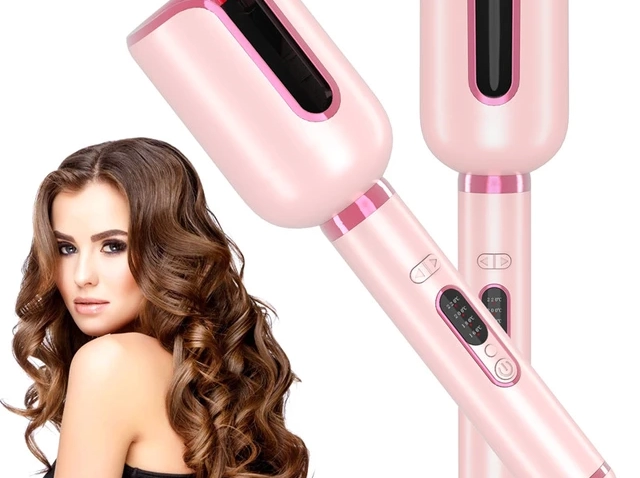
Why Does My Hair Only Curl at the Ends?
When it comes to hair textures and patterns, many people experience a variety of unique characteristics. One such intriguing phenomenon is hair that curls exclusively at the ends while remaining straighter or wavier near the roots. So, why does my hair only curl at the ends? This question opens up an exploration into the science of hair structure, styling habits, environmental influences, and more. Let’s delve into the various factors that contribute to this specific hair behavior and how to manage it effectively.
Understanding Hair Structure
Hair structure plays a pivotal role in determining why your hair behaves a certain way, including why it might curl only at the ends.
- Keratin and Bond Types: Hair is made up of keratin, a protein that forms in different bond types—disulfide bonds for strength and hydrogen bonds for flexibility. The distribution and formation of these bonds affect hair’s overall texture.
- Hair Follicle Shape: The shape of your hair follicles also influences your hair’s curl pattern. Round follicles produce straight hair, while oval or elliptical follicles tend to create wavy or curly hair.
- Layering and Thickness: The thickness and number of layers (medulla, cortex, cuticle) in your hair strands can vary, impacting how curls form and where they are most prominent.
A deeper understanding of hair structure can clarify why curls might appear primarily at the ends.
Genetic Factors
Genetics significantly influence the natural tendencies of your hair, including why it might curl only at the ends.
- Inherited Traits: Hair texture and curl patterns are inherited from your parents. Specific genes dictate the shape and distribution of curls, resulting in unique patterns for everyone.
- Variability: Even among siblings, hair textures can vary widely due to the complex interplay of genetic factors. This variability can lead to curls forming more prominently at the ends in some individuals.
- Ethnicity: Different ethnic backgrounds often correlate with varying hair textures. For instance, individuals of mixed heritage might experience a blend of curl patterns, such as straight roots with curly ends.
Recognizing the genetic component helps explain the natural predisposition of your hair’s curl pattern.
Influence of Hair Length and Weight
Hair length and the weight of your hair can markedly affect how curls form and where they are most pronounced.
- Length and Gravity: Longer hair has more weight, which can pull down the roots and middle sections, making them appear straighter. The ends, being the lightest part, are free to curl.
- Layered Cuts: Haircuts with layers can contribute to curling at the ends, as each section has less weight to hold it down. The shorter the layers, the more likely the ends will curl.
- Growth Patterns: Hair grows in phases, and the newer hair near the roots might be less prone to curling compared to the older, more exposed ends.
The interaction between hair length, weight, and how it is cut can explain why curls are more evident at the ends.
Effects of Hair Damage and Porosity
Hair damage and porosity also play a crucial role in the curling behavior of the ends.
- Damaged Ends: The ends of your hair are the oldest and most exposed parts, making them more susceptible to damage from heat, chemicals, and friction. Damaged hair tends to be drier and more prone to curling.
- High Porosity: Damaged hair often has higher porosity, meaning it absorbs water quickly but loses it just as fast. High porosity can lead to frizz and curling at the ends as they become less smooth.
- Split Ends: Split ends can contribute to uneven texture and curling at the tips. Regular trims can help maintain the health and appearance of your hair ends.
Understanding the role of damage and porosity provides insight into why the ends of your hair might curl more than the roots.
Styling Habits and Tools
Daily styling habits and the tools you use can influence the curl pattern in your hair.
- Heat Styling: Frequent use of heat styling tools like curling irons, straighteners, and blow dryers can weaken hair structure, especially at the ends. This can make the ends more prone to curling.
- Product Application: Applying products primarily to the ends, such as leave-in conditioners, gels, or creams, can alter the texture. These products might weigh down the roots while defining curls at the ends.
- Brushing and Combing: How you brush or comb your hair can also affect curl formation. Brushing from the roots can remove natural waves or curls, but when you reach the ends, the curl pattern may reform due to lesser tension.
Identifying the impact of your styling habits can help you manage and understand the curl behavior of your hair.
Environmental Influences
The environment you live in and are regularly exposed to can significantly impact your hair’s behavior, including why it curls at the ends.
- Humidity: High humidity levels can cause hair to absorb more moisture from the air, leading to frizz and curls at the ends. The cuticle layer lifts in response to humidity, making ends more susceptible to curling.
- Weather Changes: Seasonal variations, such as moving from a dry to a humid climate, can change how your hair reacts. Winter dryness versus summer humidity can lead to different curling patterns.
- Air Quality: Pollution and hard water can affect hair texture, contributing to dryness and increased curling at the ends.
Environmental factors can dynamically change how your hair curls, emphasizing the ends more during certain conditions.
Impact of Hair Care Products
The products you use play a pivotal role in how your hair behaves, particularly in promoting or mitigating curls at the ends.
- Moisturizing Products: Conditioners and leave-in treatments that focus on hydration can help maintain elasticity and reduce frizz, influencing the definition of curls.
- Curl Enhancers: Products specifically designed to enhance curls, like curl creams and mousses, tend to show results more prominently at the ends where hair is lighter and less burdened by weight.
- Protein Treatments: Protein-rich products can strengthen hair but may also make it more prone to curling, especially if concentrated at the ends.
Selecting appropriate hair care products tailored to your specific needs can help in managing and enhancing your natural curl pattern.
Professional Insight and Haircuts
Professional advice and the right haircut can immensely influence why your hair curls at the ends and how to manage this trait.
- Stylist Consultation: A professional stylist can assess your hair type and suggest specific cuts and treatments to balance the curl pattern. Layers, for instance, can redistribute the weight and make curls more uniform.
- Regular Trimming: Regular trims help remove damaged ends and prevent split ends, promoting healthier hair and more consistent curl patterns.
- Curly Hair Techniques: Techniques like the “Curly Girl Method”, which focuses on nurturing natural curls through specific care routines, can help enhance and manage curling at the ends.
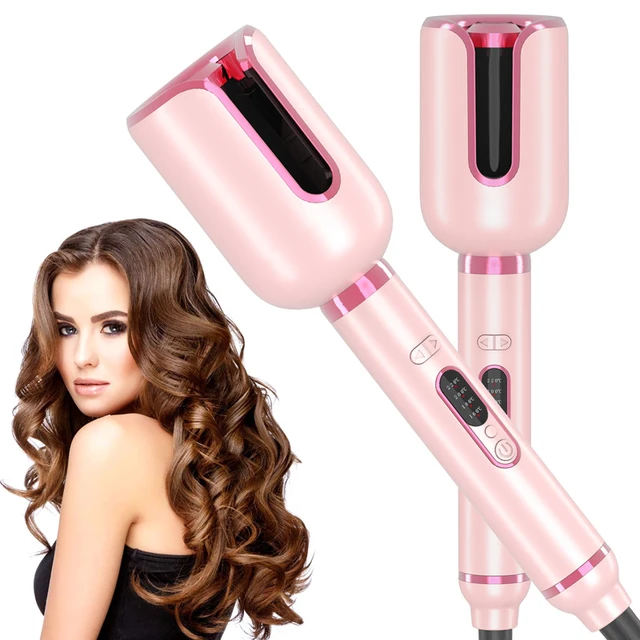 Proper Hair Care Routine
Proper Hair Care Routine
Adopting a hair care routine that addresses your specific needs can help manage curls at the ends more effectively.
- Gentle Cleansing: Use a sulfate-free shampoo to avoid stripping natural oils, which can lead to dryness and excessive curling at the ends.
- Deep Conditioning: Regular deep conditioning treatments can improve moisture retention, making hair more manageable and reducing uneven curl patterns.
- Avoiding Heat Damage: Limiting the use of heat styling tools or using them with protective products can prevent damage, maintaining a more consistent curl pattern throughout the hair length.
A structured hair care routine tailored to your hair type and texture can help maintain a balanced and healthy curl pattern.
Debunking Myths
Several myths surround the curling behavior of hair, particularly at the ends. Understanding the truth can help manage expectations.
- Myth: All Hair Curls the Same Way: Hair texture is unique to each individual, and not everyone will experience the same curl pattern. Genetics, environmental factors, and styling habits all contribute to the differences.
- Myth: Cutting Hair Changes Curl Pattern: While cutting can influence how curls form by removing weight, it doesn’t change your natural curl pattern dictated by genetics.
- Myth: Only Products Determine Curl: While products can enhance curl patterns, they are not the sole factor. Hair structure, damage, and environmental influences also play significant roles.
By debunking these myths and understanding the real factors, you can better manage and embrace your unique curl pattern.
Conclusion
So, why does my hair only curl at the ends? The answer lies in a complex interplay of genetic factors, hair structure, length, styling habits, environmental conditions, and product usage. Understanding each of these elements provides valuable insights into your hair’s unique behavior. By adopting appropriate hair care routines, seeking professional advice, and selecting suitable products, you can manage and enhance your natural curl pattern effectively. Embrace the uniqueness of your hair and tailor your care practices to maintain its health and beauty, maximizing the charm of those curling ends.




